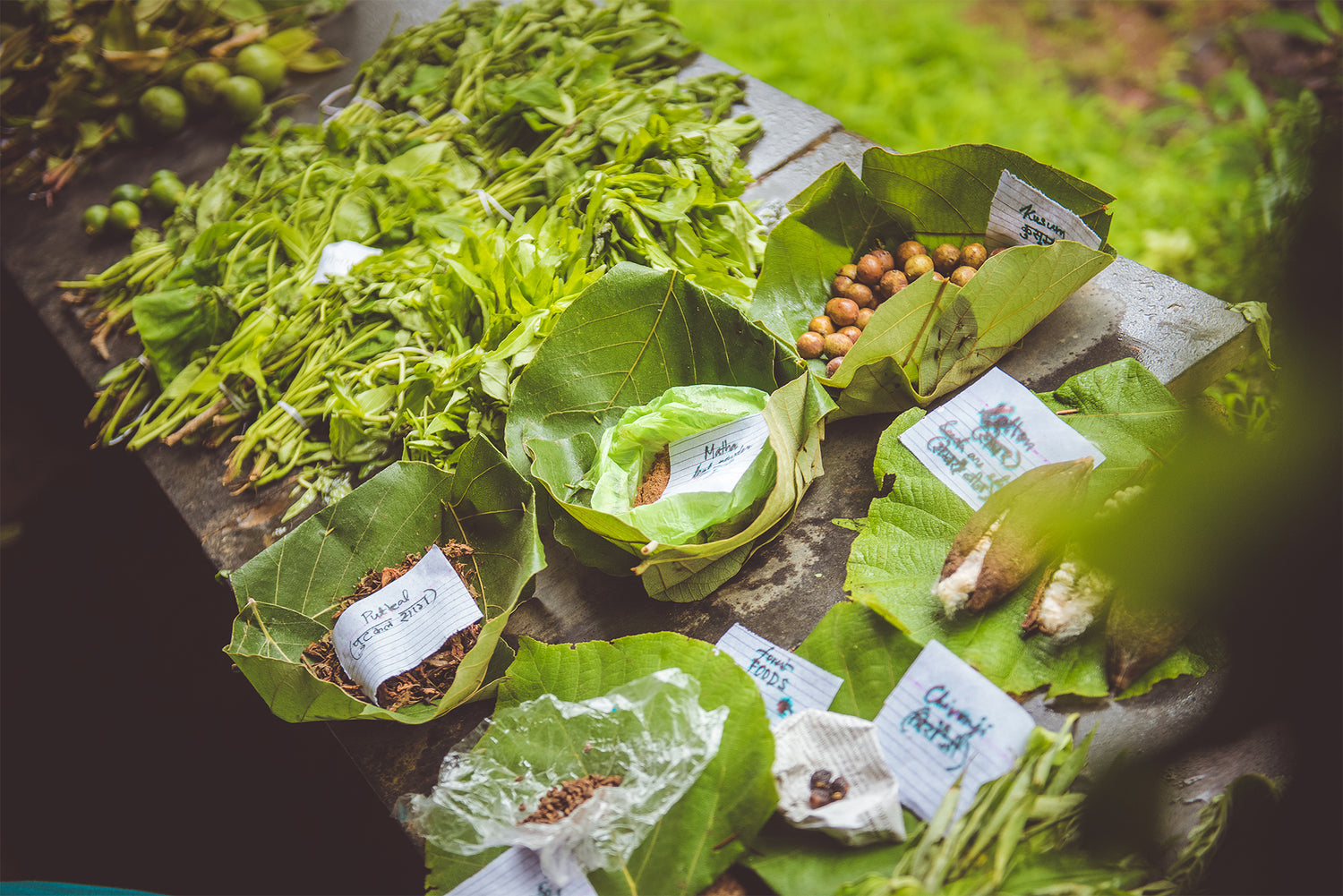
Mokha / मोखा / Weaver’s Beam Tree / Schrebera swietenioides Roxb.
- Local Name: Mokha / मोखा
- Common Name: Weaver’s Beam Tree
- Botanical Name: Schrebera swietenioides Roxb.
Status & Habitat
- Habitat:
- Occurrence:
- Season of Availability:
- Geography: India and Myanmar
- Method of Propagation: Seed propagation
- Part used for Propagation: Seeds
Edible Parts
- Edible Parts:
- Can be Eaten Raw:
Method of Consumption
- Raw: Yes, Leaves
- Ripe: No
- Both Raw & Ripe: No
- Dangerous Form to Consume:
- As Food:
- As Medicine:
- Cooking Without Prior Boiling: Not Required
- Boiling Before Cooking: Yes
- Pickling: N/A
- Brining: N/A
- Fermenting: N/A
- Drying for later Consumption: N/A
- Overall Method:
Nutritional & Medicinal Benefits
- Nutritional Benefit:
- Medicinal Benefit:
Tribal Wisdom
- Tribal Wisdom:
Recipes / Usage
- Tribal Recipe / Usage:


